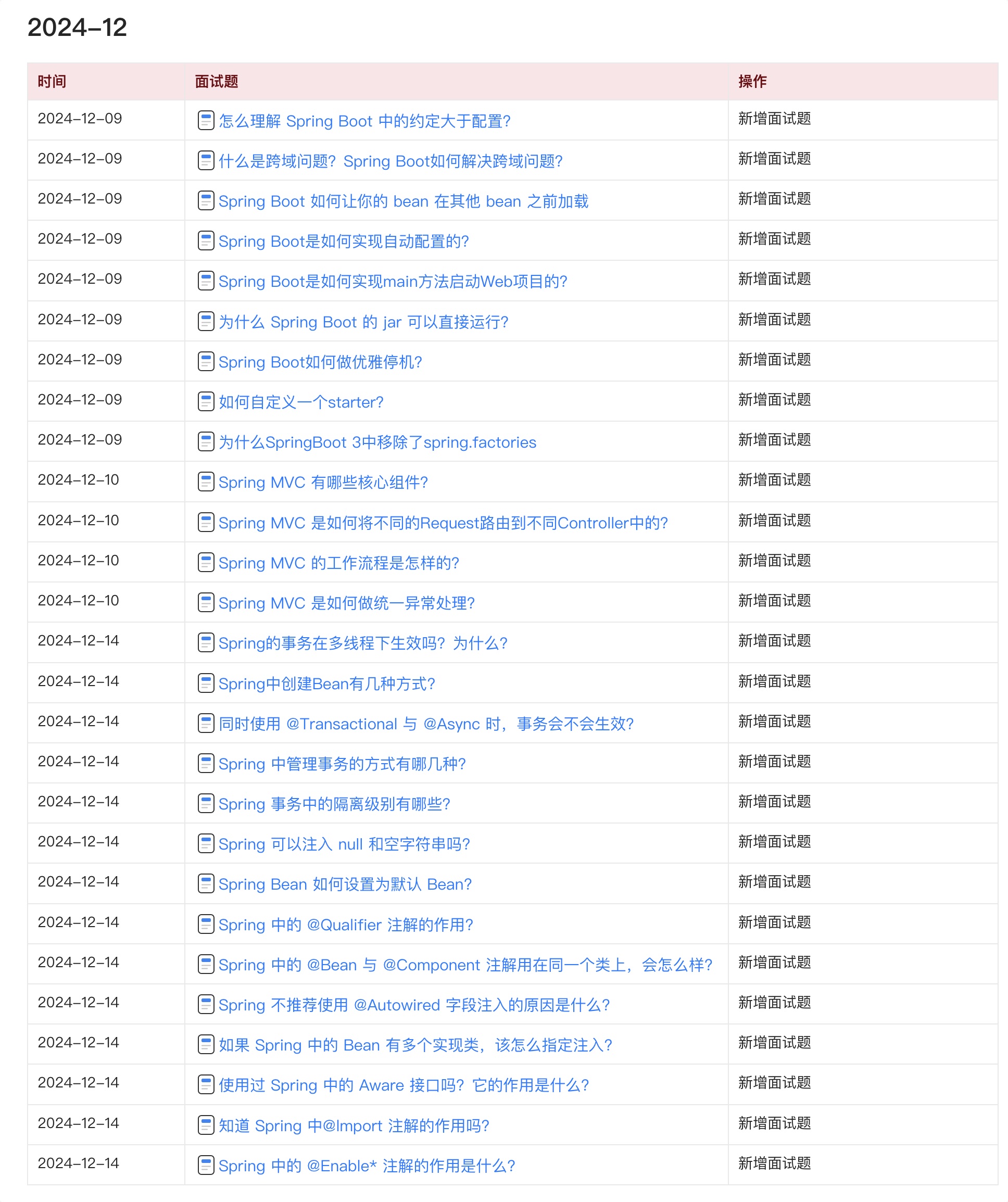我在前面章节介绍dubbo-registry模块的注册中心功能时,曾对ZookeeperTransporter和ZookeeperClient这两个dubbo-remoting 模块中的接口进行过分析。
dubbo-remoting 模块,提供了多种客户端/服务端通信的功能,上述的Zookeeper通信只是它提供的一个功能。在 Dubbo 的整体架构设计图中,我们可以看到最底层红色框选中的部分即为 Remoting 层,其中包括了 Exchange、Transport和 Serialize 三个子层:

Serialize子层我在上一章的序列化中已经讲解过了,本章,我主要介绍dubbo-remoting 模块的 Exchange 和 Transport 两层的核心接口与功能。
一、dubbo-remoting模块划分
Dubbo 并没有自己实现一套完整的网络通信库(比如Kafka基于Java NIO实现了自己的通信模块),而是集成了现有的第三方成熟网络库,例如Netty、Mina、Grizzly 等。Dubbo 支持用户根据自己的实际场景和需求修改配置,选择底层使用的 通信框架。
下图展示了 dubbo-remoting 模块的结构,其中每个子模块对应一个第三方通信框架,例如,dubbo-remoting-netty4 子模块就使用了 Netty4 实现 Dubbo 的网络通信,dubbo-remoting-grizzly 子模块使用 Grizzly 实现 Dubbo 的网络通信。

dubbo-remoting-zookeeper我在前面章节已经讲解过了,它的底层是基于Apache Curator与Zookeeper集群通信。
1.1 顶层抽象
上述的dubbo-remoting-api模块,是 Dubbo 对 remoting 模块的顶层抽象,里面定义了很多核心接口,其它 dubbo-remoting-* 子模块都是依赖第三方网络通信框架实现了 dubbo-remoting-api 模块中的核心接口的。dubbo-remoting-api 的模块结构见下图:

dubbo-remoting-api 模块中的各个包的功能如下:
- buffer 包 :定义了缓冲区相关的接口、抽象类及实现类。buffer 包在更高的层面,抽象了各个 NIO 框架的缓冲区,同时也提供了一些基础实现;
- exchange 包 :抽象了 Request 和 Response 两个概念,并为其添加很多特性。它们是远程调用非常核心的部分;
- transport 包 :对网络传输层的抽象,只抽象了单向消息的传输,即请求消息由 Client 端发出,Server 端接收;响应消息由 Server 端发出,Client端接收;
- 其他接口 :Endpoint、Channel、Transporter、Dispatcher 等顶层接口放到了
org.apache.dubbo.remoting包下,这些接口是 Dubbo Remoting 的核心接口。
二、核心接口
Dubbo 抽象出以下概念,它们是整个 dubbo-remoting-api 模块的基础:
- 端点(Endpoint) :我们可以通过一个 IP + PORT 唯一确定一个端点,两个端点之间可以建立 TCP 连接,双向传输数据;
- 通道(Channel) :Dubbo 将 Endpoint 之间的 TCP 连接抽象为通道;
- 客户端(Client) :发起请求的 Endpoint 称为客户端;
- 服务端(Server) :接收请求的 Endpoint 称为服务端。
2.1 Endpoint
Endpoint 代表一个端点,Dubbo中 Endpoint 接口的定义如下:
public interface Endpoint {
/**
* 获取关联的URL信息
*/
URL getUrl();
/**
* 获取底层 Channel 关联的 ChannelHandler
*/
ChannelHandler getChannelHandler();
/**
* 获取 Endpoint 的本地地址
*/
InetSocketAddress getLocalAddress();
/**
* 发送数据
*/
void send(Object message) throws RemotingException;
/**
* 发送数据
*/
void send(Object message, boolean sent) throws RemotingException;
/**
* 关闭底层的 Channel
*/
void close();
/**
* 关闭底层的 Channel
*/
void close(int timeout);
void startClose();
/**
* 判断底层的 Channel 是否已经关闭
*/
boolean isClosed();
}
2.2 Channel
Channel 是对两个 Endpoint 连接的抽象,消息发送端会往 Channel 写入消息,而接收端会从 Channel 读取消息。从Channel 接口的定义可以看出两点:
- Channel 接口继承了 Endpoint 接口,也具备开/关状态以及发送数据的能力;
- Channel 上附加 KV 属性。

2.3 ChannelHandler
ChannelHandler 是注册在 Channel 上的处理器,Netty 中也有类似的抽象。ChannelHandler 中可以处理 Channel 的连接建立/断开事件,还可以处理读取到的数据、发送的数据以及捕获到的异常。
下面是 ChannelHandler 接口的定义,从接口方法命名可以看出,都是动词的过去式,是对各类已发生事件的处理:
@SPI
public interface ChannelHandler {
void connected(Channel channel) throws RemotingException;
void disconnected(Channel channel) throws RemotingException;
void sent(Channel channel, Object message) throws RemotingException;
void received(Channel channel, Object message) throws RemotingException;
void caught(Channel channel, Throwable exception) throws RemotingException;
}
ChannelHandler 接口被 @SPI 注解修饰,表示该接口是一个扩展点。
2.4 Codec2
Netty 中有一类特殊的 ChannelHandler 专门负责实现编/解码功能,在dubbo-remoting-api 中也有相似的抽象:
@SPI
public interface Codec2 {
@Adaptive({Constants.CODEC_KEY})
void encode(Channel channel, ChannelBuffer buffer, Object message) throws IOException;
@Adaptive({Constants.CODEC_KEY})
Object decode(Channel channel, ChannelBuffer buffer) throws IOException;
// 处理TCP传输的粘包和拆包使用
enum DecodeResult {
NEED_MORE_INPUT, SKIP_SOME_INPUT
}
}
Codec2 是对整个请求和响应的编解码 。Codec2 接口被 @SPI 接口修饰了,表示该接口是一个扩展接口。同时,其 encode() 方法和 decode() 方法都被 @Adaptive 注解修饰,也就会生成适配器类,根据 URL 中的 codec 值确定具体的扩展实现类。
2.5 Client
Client 代表一个客户端(本身也代表了一个 Endpoint),继承了Endpoint、 Channel、IdleSensible 等接口,说明它具备读写数据的能力:

2.6 RemotingServer
Client 代表一个服务端(本身也代表了一个 Endpoint),继承了 Endpoin、IdleSensible 等接口,说明它具备读写数据的能力:

Server 可以接收多个 Client 发起的 Channel 连接,所以 RemotingServer 接口中定义了查询 Channel 的相关方法。
2.7 Transporter
Dubbo 在 Client 和 Server 之上又封装了一层 Transporter 接口 ,其具体定义如下:
@SPI("netty")
public interface Transporter {
/**
* Bind a server.
*
* @param url server url
* @param handler
* @return server
* @throws RemotingException
* @see org.apache.dubbo.remoting.Transporters#bind(URL, ChannelHandler...)
*/
@Adaptive({Constants.SERVER_KEY, Constants.TRANSPORTER_KEY})
RemotingServer bind(URL url, ChannelHandler handler) throws RemotingException;
/**
* Connect to a server.
*
* @param url server url
* @param handler
* @return client
* @throws RemotingException
* @see org.apache.dubbo.remoting.Transporters#connect(URL, ChannelHandler...)
*/
@Adaptive({Constants.CLIENT_KEY, Constants.TRANSPORTER_KEY})
Client connect(URL url, ChannelHandler handler) throws RemotingException;
}
Transporter 接口上有 @SPI 注解,它是一个扩展接口,默认使用“netty”这个扩展名。bind方法上具有@Adaptive 注解,表示会动态生成适配器类,并根据URL中的注解值确定 RemotingServer 的扩展实现类,connect方法同理。
Dubbo针对每一种支持的网络通信框架,都有一个对应的 Transporter 接口实现,具体定义在各个 dubbo-remoting-* 实现模块中:

对于RemotingServer和Client,也有对应的实现:


Netty、Mina、Grizzly 这些通信框架的对外接口和使用方式都不一样,如果在上层直接依赖 Netty 或 Grizzly,就依赖了具体的 NIO 库实现,而不是依赖一个有传输能力的抽象,后续要切换实现的话,就需要修改依赖和接入的相关代码,非常容易改出 Bug。这也不符合设计模式中的 开放-封闭原则 。
有了 Transporter 层之后,我们可以通过 Dubbo SPI 修改使用的具体 Transporter 扩展实现,从而切换到不同的 Client 和 RemotingServer 实现,达到切换底层通信框架的目的,而且无须修改任何代码。后续引入引入新的通信框架时,也只需要开发相应的 dubbo-remoting-* 实现模块,并提供 Transporter、Client、RemotingServer 等核心接口的实现即可。
2.8 Transporters
Transporters 是一个门面类,封装了 Transporter 对象的创建(通过 Dubbo SPI)以及 ChannelHandler 的处理,如下所示:
public class Transporters {
private Transporters() {
}
public static RemotingServer bind(URL url, ChannelHandler... handlers) throws RemotingException {
//...
// 将多个 ChannelHandler 封装成一个 ChannelHandlerDispatcher 对象
ChannelHandler handler;
if (handlers.length == 1) {
handler = handlers[0];
} else {
handler = new ChannelHandlerDispatcher(handlers);
}
return getTransporter().bind(url, handler);
}
public static Client connect(URL url, ChannelHandler... handlers) throws RemotingException {
//...
ChannelHandler handler;
if (handlers == null || handlers.length == 0) {
handler = new ChannelHandlerAdapter();
} else if (handlers.length == 1) {
handler = handlers[0];
} else {
handler = new ChannelHandlerDispatcher(handlers);
}
return getTransporter().connect(url, handler);
}
public static Transporter getTransporter() {
// 自动生成Transporter适配器并加载
return ExtensionLoader.getExtensionLoader(Transporter.class).getAdaptiveExtension();
}
}
Transporter在创建 Client 和 RemotingServer 时,可以指定多个 ChannelHandler ,将它们绑定到 Channel ,这样就可以链式处理其中传输的数据。

ChannelHandlerDispatcher 是 ChannelHandler 接口的实现类,它内部通过一个 CopyOnWriteArraySet 维护了所有的 ChannelHandler 接口实现。
三、总结
本章,我对dubbo-remoting模块的整体功能以及模块划分进行了分析,并重点介绍了 dubbo-remoting-api 子模块中的各个包的核心功能,并对顶层org.apache.dubbo.remoting包中的核心接口——Endpoint、Channel、Client、Transporter等进行了深入分析。
Java 面试宝典是大明哥全力打造的 Java 精品面试题,它是一份靠谱、强大、详细、经典的 Java 后端面试宝典。它不仅仅只是一道道面试题,而是一套完整的 Java 知识体系,一套你 Java 知识点的扫盲贴。
它的内容包括:
- 大厂真题:Java 面试宝典里面的题目都是最近几年的高频的大厂面试真题。
- 原创内容:Java 面试宝典内容全部都是大明哥原创,内容全面且通俗易懂,回答部分可以直接作为面试回答内容。
- 持续更新:一次购买,永久有效。大明哥会持续更新 3+ 年,累计更新 1000+,宝典会不断迭代更新,保证最新、最全面。
- 覆盖全面:本宝典累计更新 1000+,从 Java 入门到 Java 架构的高频面试题,实现 360° 全覆盖。
- 不止面试:内容包含面试题解析、内容详解、知识扩展,它不仅仅只是一份面试题,更是一套完整的 Java 知识体系。
- 宝典详情:https://www.yuque.com/chenssy/sike-java/xvlo920axlp7sf4k
- 宝典总览:https://www.yuque.com/chenssy/sike-java/yogsehzntzgp4ly1
- 宝典进展:https://www.yuque.com/chenssy/sike-java/en9ned7loo47z5aw
目前 Java 面试宝典累计更新 400+ 道,总字数 42w+。大明哥还在持续更新中,下图是大明哥在 2024-12 月份的更新情况:

想了解详情的小伙伴,扫描下面二维码加大明哥微信【daming091】咨询

同时,大明哥也整理一套目前市面最常见的热点面试题。微信搜[大明哥聊 Java]或扫描下方二维码关注大明哥的原创公众号[大明哥聊 Java] ,回复【面试题】 即可免费领取。

